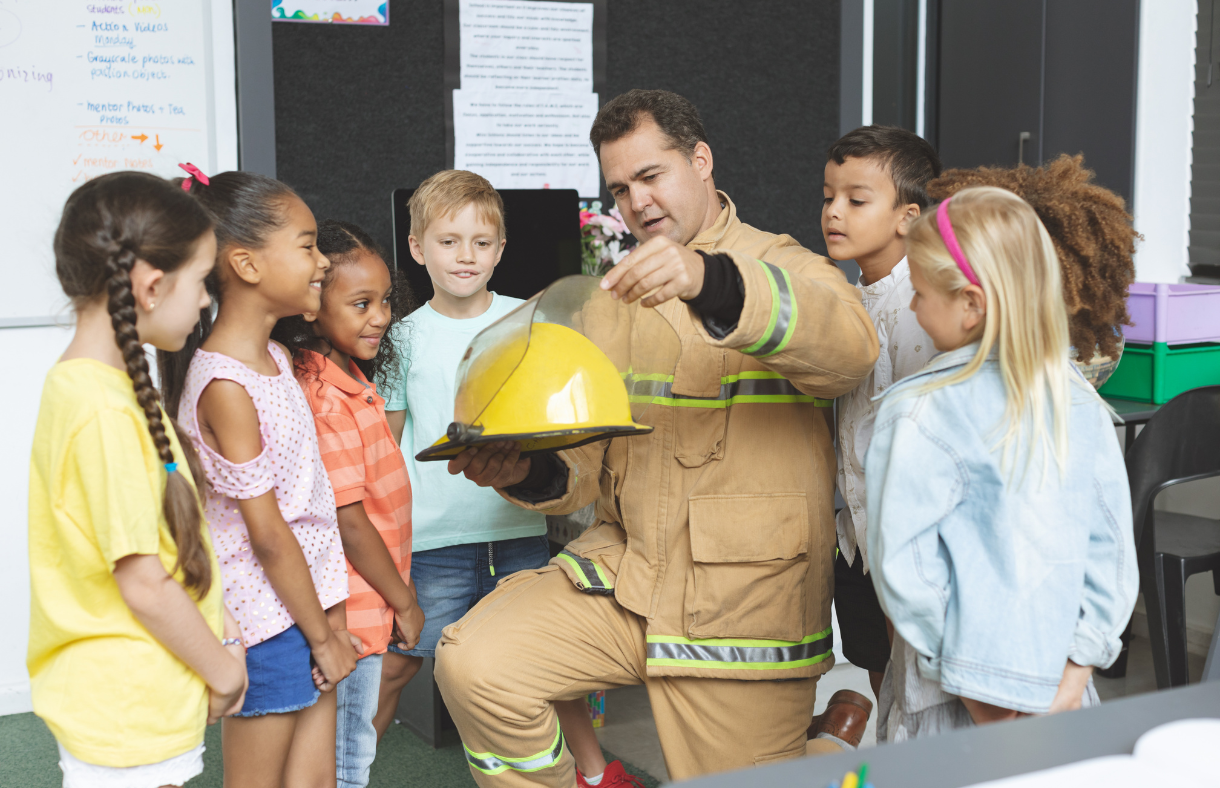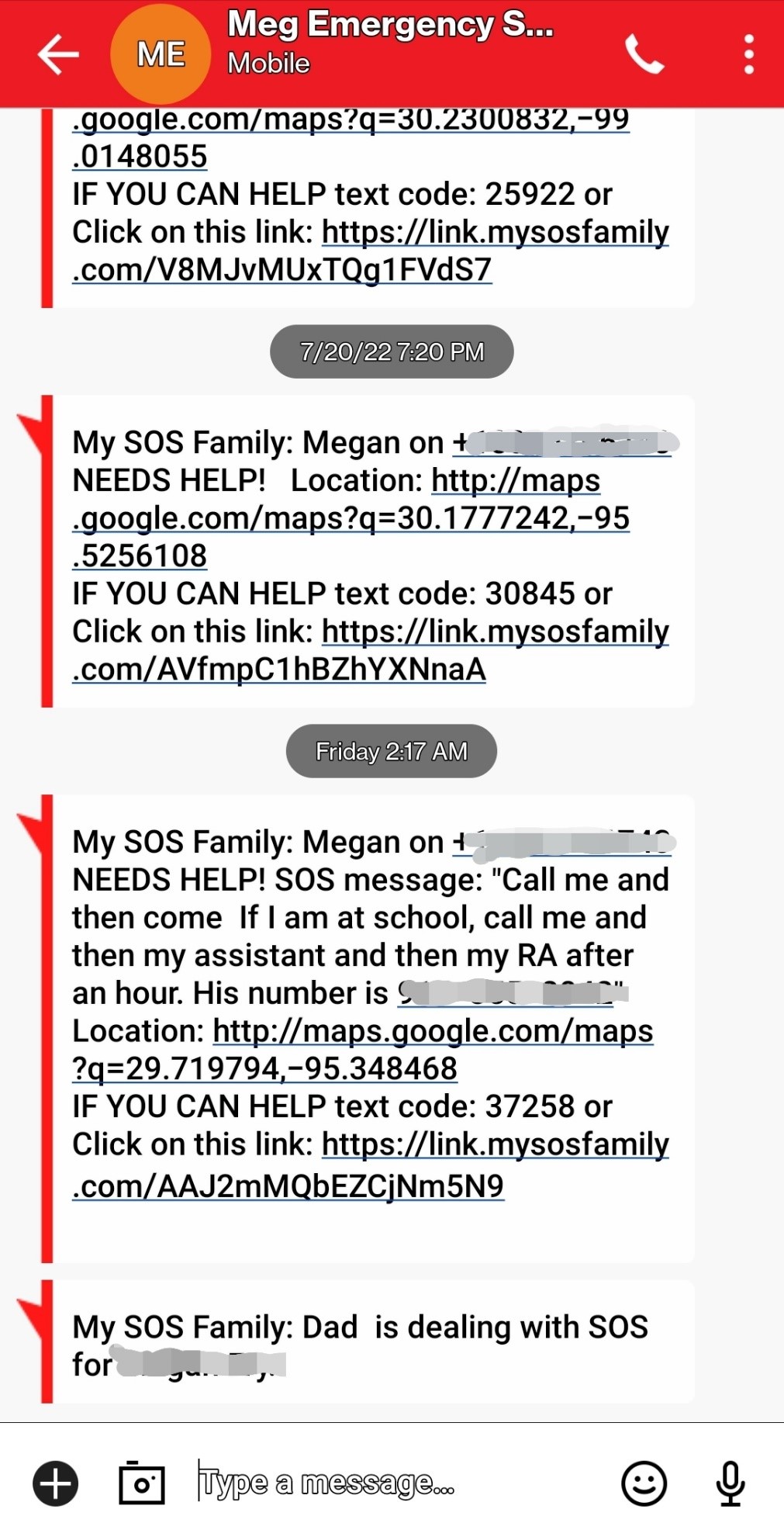This post is dedicated to October as Fire Prevention Month.
Emergency preparation is an essential that too few people are proactive about. One Liberty Mutual survey found that fewer than 3 in 10 families had ever had a home fire drill, and one parent in five didn’t even know how to create a fire safety plan. Bad enough in a family of able-bodied “neurotypicals,” such a situation is all the more dangerous when someone has a disability, which more than doubles the risk of becoming casualties if a fire breaks out.
You probably know the basics of fire prevention and preparation: guard electrical cords from wear and tear; use candles and open-flame burners with caution; install smoke detectors; know and practice the quickest ways out. If anyone in your household has special needs, check the following lists for additional tips.
If someone has autistic sensitivities:
- Take children to visit a firehouse and get acquainted with firefighters—and helmets and masks and engines and ladders—so that, in a real fire, they won’t panic at the sight and sound of help arriving.
- Rather than a standard-noise smoke alarm, use one on which you have recorded a caretaker calling, “[Person’s name], get up and leave the house!”
- Practice fire drills with extra regularity, to build familiarity with the procedure.
If someone has mobility impairments:
- Give them a ground-floor bedroom so they won’t have to struggle with stairs when evacuating.
- Remember that, if traversing smoke-filled rooms, keeping low is important to avoid fume inhalation. People who can’t crawl on their own are best pulled on a plastic sled or sturdy blanket; keep one handy.
If someone is deaf or hard of hearing:
- Equip smoke detectors with flashing strobe lights (assuming that sensory sensitivities are not also an issue).
- Provide a “smart” pillow that vibrates to shake sleepers awake if smoke is detected.
If someone is nonverbal:
- Give them a whistle or noise app they can use to signal firefighters if trapped.
If someone uses an oxygen tank:
- Be extra-scrupulous about keeping it a safe distance from inflammable fuels and electrical sources.
A few additional considerations:
- Arrange bedrooms so anyone who needs special help can be easily reached from a caretaker’s room.
- In a large house, use interconnected smoke detectors so that wherever smoke occurs, everyone will be alerted immediately.
- Consider installing home fire sprinklers along with alarms and fire extinguishers.
See also: “Fire Safety for Families of Children with Special Needs,” a Safe Kids Worldwide video.

When You Have Multiple People to Worry About
If you work at a hospital or at a school for children with disabilities, you may be supervising a dozen or more individuals, each with mobility difficulties or limited self-control. Your employer should have a fire safety plan that takes special needs into account. In addition, familiarize yourself with the individual needs of each person in your charge. Who can’t manage stairs alone? Who needs special hand-holding in the midst of chaos? How will you customize fire drills for inclusive participation?
Tabitha Hernandez, Director of Easter Seals Greater Houston’s Caroline School, says:
“With mobility impairments, a lot depends on how heavy (easy to lift) a person is, how fast they actually move, and where they are in a building and in relation to their regular mobility devices. It’s best if someone is on the ground level and in an ADA-compliant space—there are rarely issues then.
“Where someone has extreme sensory sensitivities, they take more time to integrate and process any stimulus, including fire drills or alarms. The most effective way to support these individuals is through desensitizing with repeated practice.
“Pre-teaching (advance instruction, regular practice, and post-practice debriefing) is incredibly important and can mean the difference between a scary-but-manageable experience, and a total meltdown. Not only in the case of sensory sensitivities, either: where neither stairs nor physical carrying is an option, people in wheelchairs may panic unless they already know an alternative plan is in place. I also recommend having a ‘go-bag’ ready and accessible (e.g., already on the wheelchair) for those needing additional equipment, rescue medications, or contact info for guardians.”
Tabitha Hernandez’s Table of Special-Needs Reactions to Emergencies
| Intensity | Symptoms |
| High | Fight-flight-or-freeze panic. “I’ve seen kids dart out of the room—and seemingly out of their skins—to get away from a fire-alarm stimulus. I’ve also seen students cowering in the corner, unable to move.” |
| Medium (“the response you seek”) | Moving willingly with the group, requiring little support. |
| Low | Notices alarm without visible panic, but requires some coaxing or guidance to fall in with the evacuation line. |
Recommended apps:
- FireGuide for organizing fire drills with children
- Living Safely for people living independently with intellectual disability and/or neurodivergence
- My SOS Family Emergency Alerts for people living independently with mobility or other limitations, who need quick and easy communication should an emergency occur

App testimonial from Andi Fry, BridgingApps Coordinator for Montgomery County Outreach: My 23-year-old daughter, Megan, lives on her own despite cerebral palsy that severely limits her motor control and speech. Using My SOS Family with the help of an eye-gazing communication device, she’s always assured of backup help in an emergency. If she has to leave her communication device out of reach while bathing, she just sets the SOS Family alarm before removing the device. The timer calls or texts a personal contact of her choice if she doesn’t get back to turn it off; and if the first person contacted doesn’t acknowledge the call, the app will automatically contact the next person in line. (Megan put her own cell number as the first to call so her contacts don’t get emergency calls by accident.) My SOS Family does a fantastic job of helping Megan, and her family and loved ones, feel at ease.


